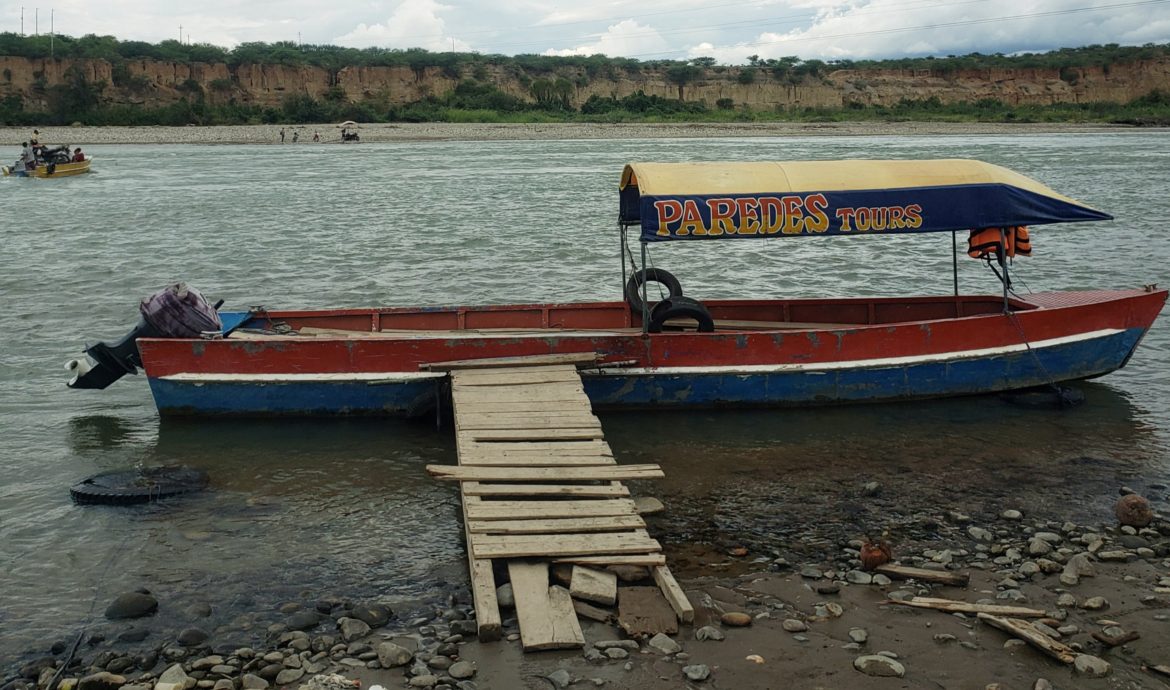
La guerra de la frontera
PerúI had stopped to take a picture of some shockingly large turkeys waddling across the street. I found it odd that I was seeing turkeys now frequently in Perú, whereas I hadn’t seen any in Ecuador. All of a sudden, a group of children surrounded me.
“¡Gringo!” one shouted excitedly.
“Dame soles,” another commanded. Neither surprised me. I’d read about both the friendly yet persistent use of the term “gringo” in Perú and the tendency for children to ask unashamedly for money.
“¿Para qué te doy plata?” I asked him what he’d give me in return. He giggled and hid behind his older sister.
“¿De dónde vienes?”
“¿Eres aleman?”
“¿Eres frances?”
“¿Eres ecuatoriano?”
“Soy estadounidense,” I said, using the politically correct term for an American. “Pero vine de Ecuador ayer.”
“¡Americano!”
“¡Dame dolares!”
“¿Son peruanos?” I asked.
“Soy ecuatoriano,” one of them piped up proudly, the same one who had asked me if I was Ecuadorian.
“Somos peruanos,” another said on behalf of the rest.
“No, eres ecuatoriana,” somebody corrected her. “Naciste en La Balza.”
They devolved into squabbling amongst themselves about who was peruano and who was ecuatoriano. Apparently, nationality isn’t so easy to define when one lives so close to a border.
For a long time, the border itself wasn’t easy to define either. I had learned that the area I was biking through had been claimed by both governments until 1942, when resentments escalated into a war that Perú decisively won. The US, upset at its neighbors’ petty quarrel while the rest of the world was fighting the Axis, mediated a border treaty. Ecuador later renounced the treaty, claiming the US coerced them to concede under duress. Skirmishes broke out again in 1960, 1981, and 1994, before peace was formally agreed in 1998, still in favor of Perú’s claim to the land.
This war, albeit small, had no ethnic, religious, or ideological conflicts. So what did the people who live here think, I wondered?
It took me a full day and a half to reach the Rio Marañon, where Ecuadorians had drawn their southern border with Perú. I had taken a shortcut to avoid a big hill and a busy city, with the catch that I had to take a boat ferry across the Marañon. A potbellied man in swim trunks named Tomás loaded my bike on board, but told me we’d have to wait for another bike – many motos passed this way – in order to balance the boat, before we crossed.
We chatted as the boat swayed by the dock in the humid breeze and I snacked on some bananas that he gave me.
“¿Como le gusta Perú?” he asked.
“No sé ya. La comida está buena.” I’d only been here one day, after all, so the only thing I could offer was that I enjoyed my first couple meals.
I told him about my journey and the pilgrimage I observed back in Zumba. He nodded and commented on the horrid state of the highway on the other side of the border. Peruvians are proud of their abundant paved roads, which, ironically, I try to avoid.
I asked what he thought about Ecuador, generally. He shrugged as if there was hardly a difference.
“Somos amigos. Voy para Zumba la próxima semana por una fiesta.”
“¿Que pasó en la guerra?” He was well old enough to have been around for the 1994 edition.
“Aquí, nada. Lucharon muy lejo, en la selva.” Despite the fact that the two nations were symbolically fighting for the whole border, the actual 1994 military conflict occurred deep in the jungle where few people lived but where mining and oil interests lingered.
Tomás offered to let me sleep at his house if no one else showed up for the ferry crossing. It sounded pleasant for the moment. But eventually, an old man and his wife boarded with their moto. Tomás used a long stick to shove the boat for ten meters or so before turning on the engine. We were across the river in a matter of seconds. I wondered, what would change here had Ecuador won those conflicts? Would the highway still be a dirt road? Would motos be zipping around towns instead of tuk-tuks, the primary mode of transportation thus far in Perú? Would the food still be bland Ecuadorian instead of flavorful Peruvian? Would Tomás and the children be different?
Supply chains, immigration patterns, government policies, and employment opportunities surely would have altered some aspects of life. I struggled to justify why the arbitrary military might of two distant governments should influence the life and culture of these people. But it’s Perú now, so I might as well enjoy it.
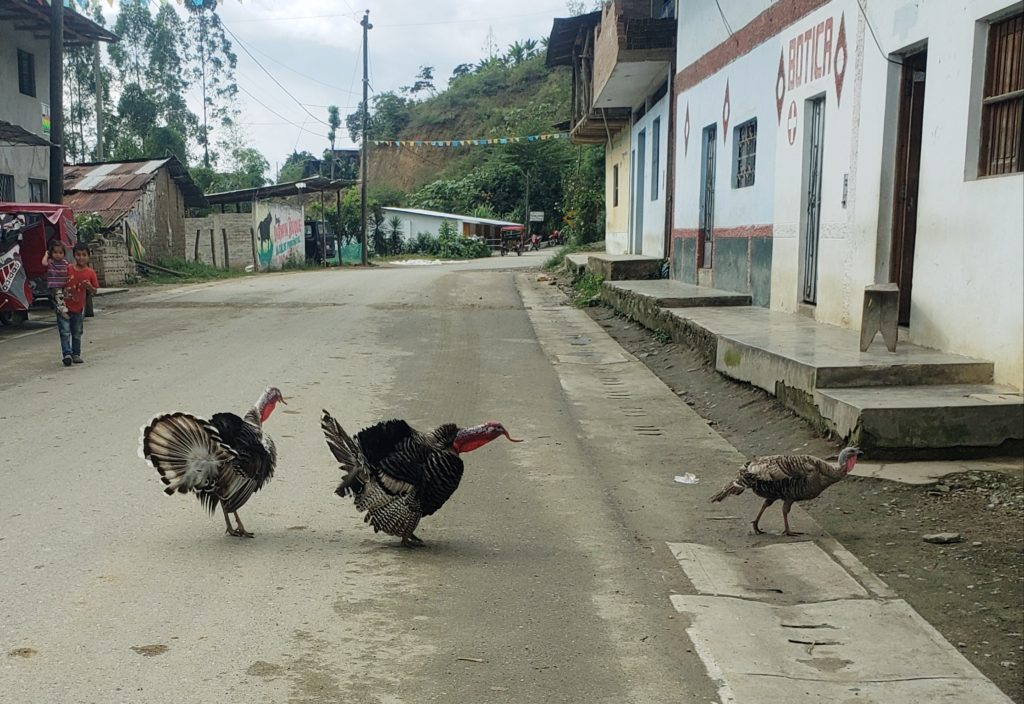
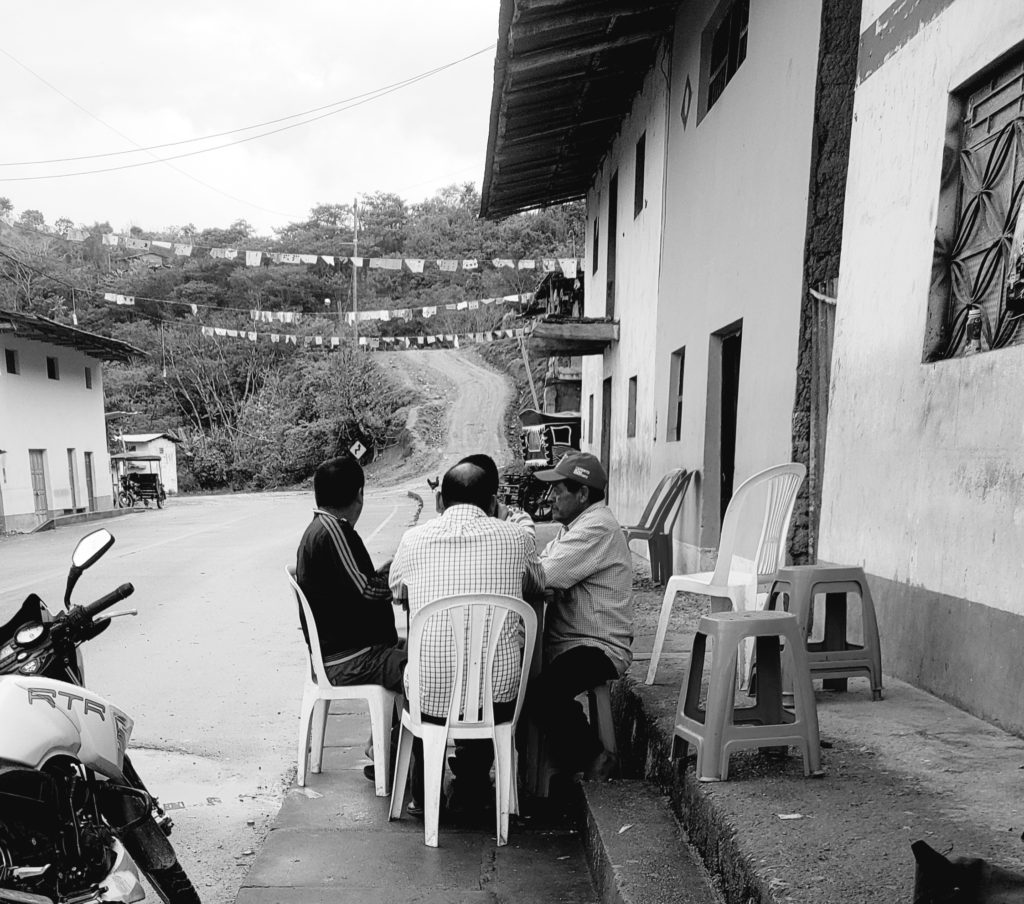
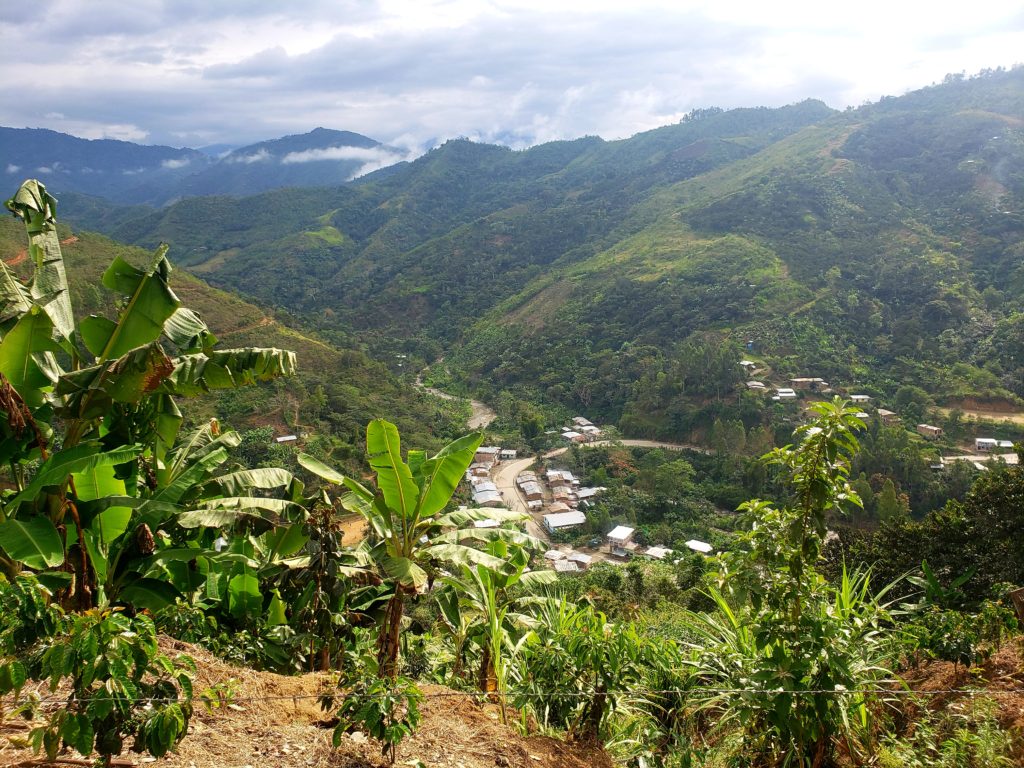
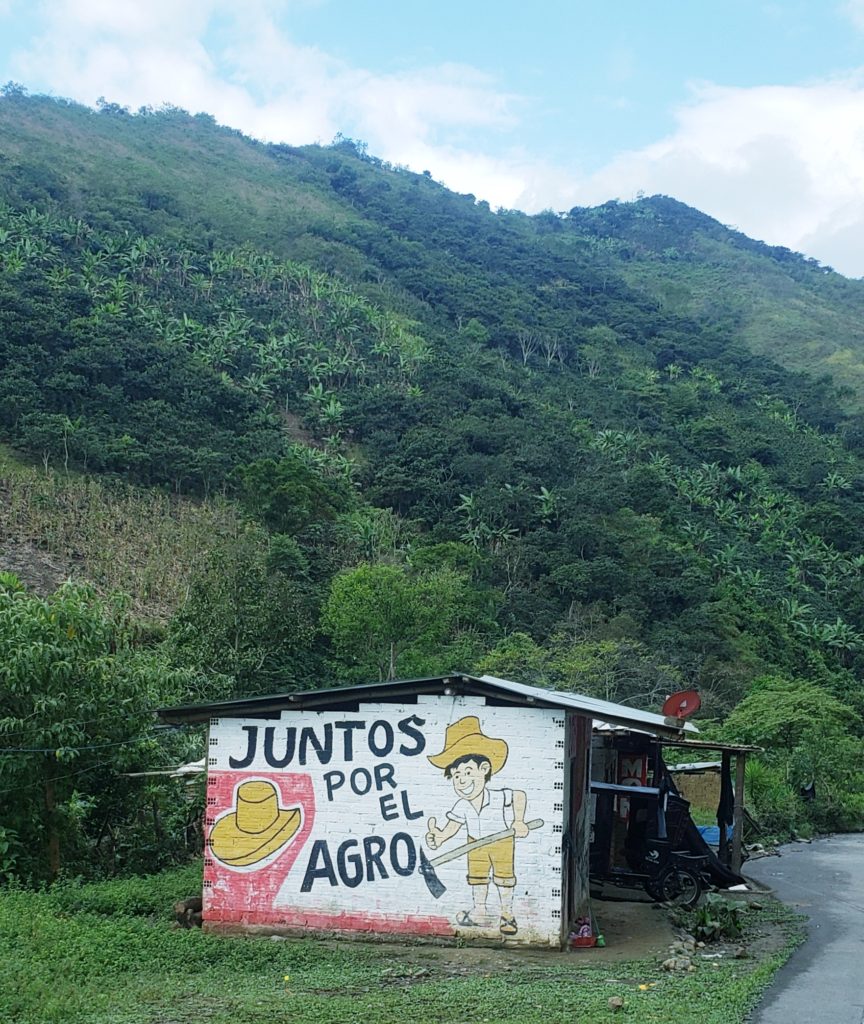
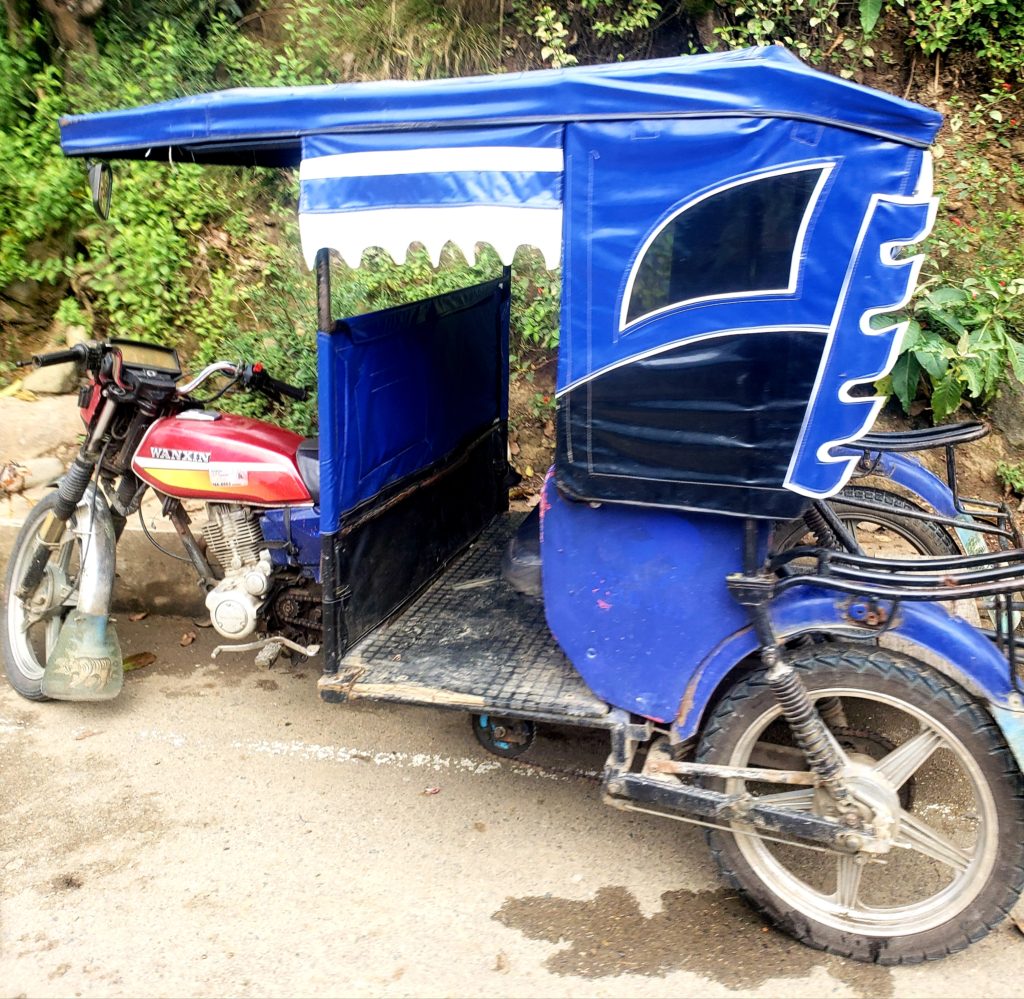
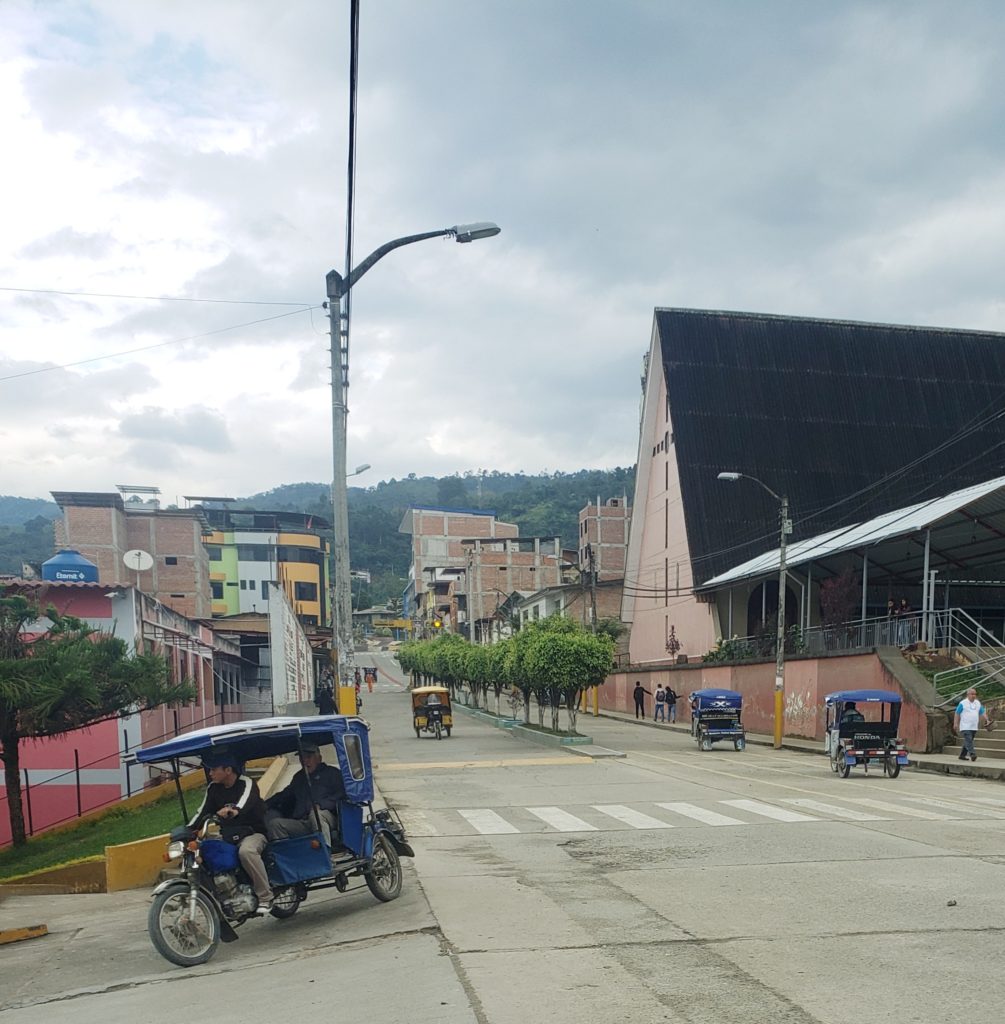
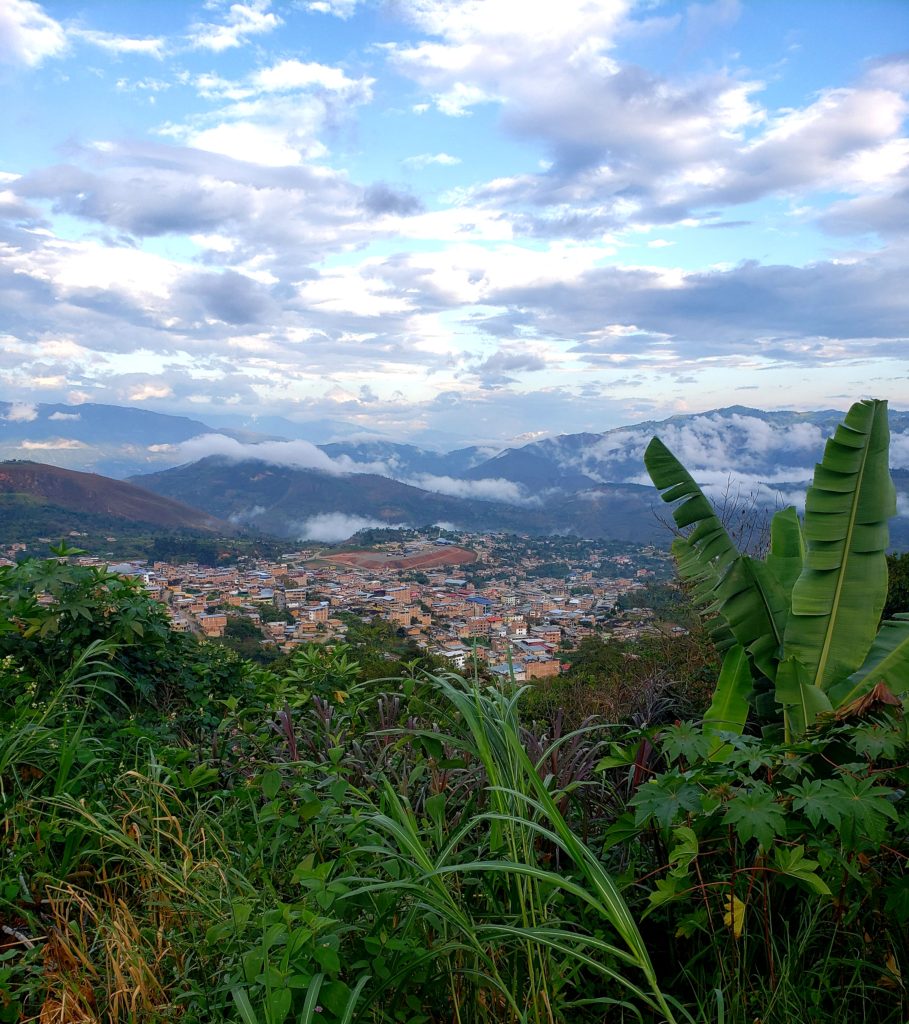
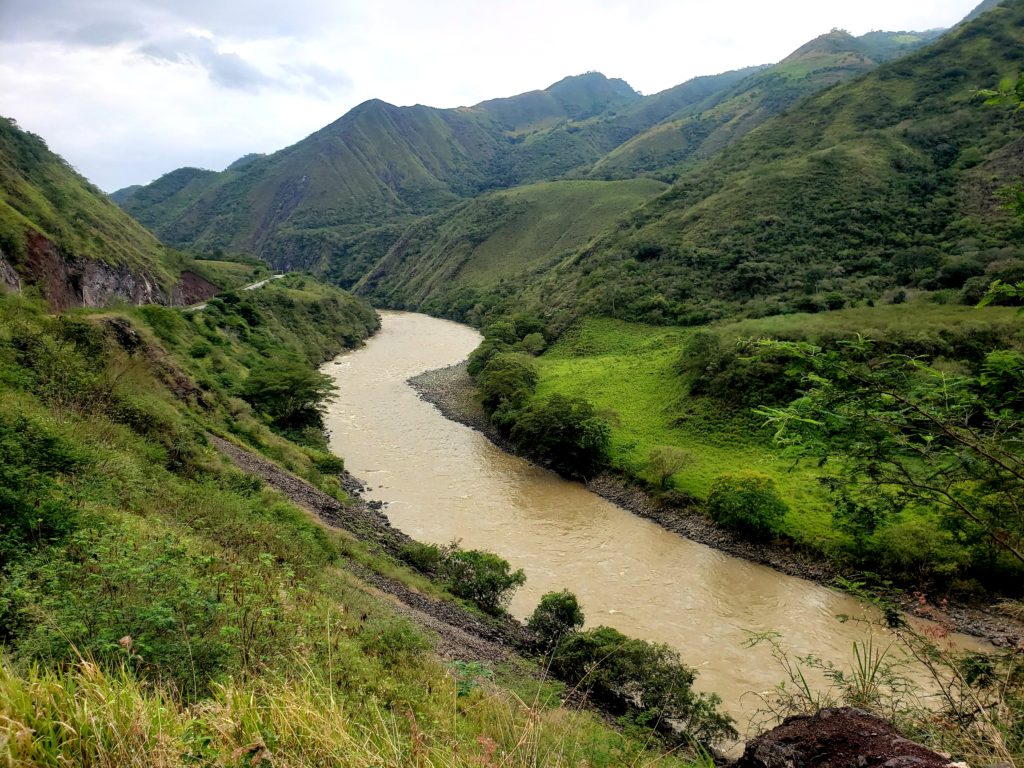
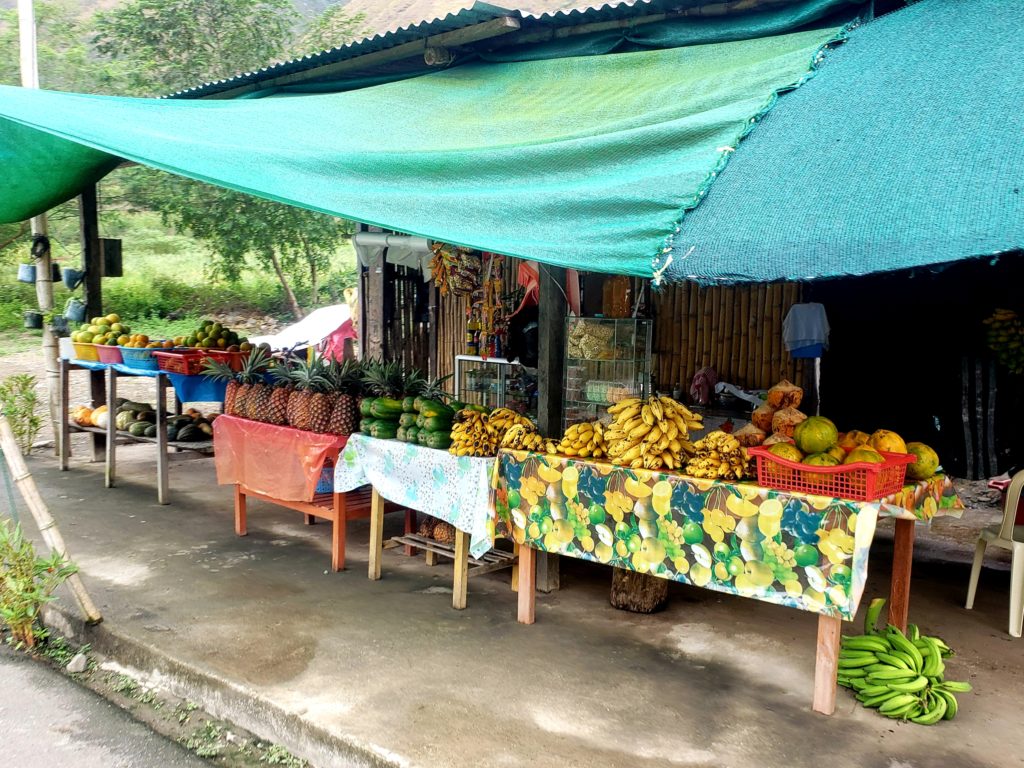
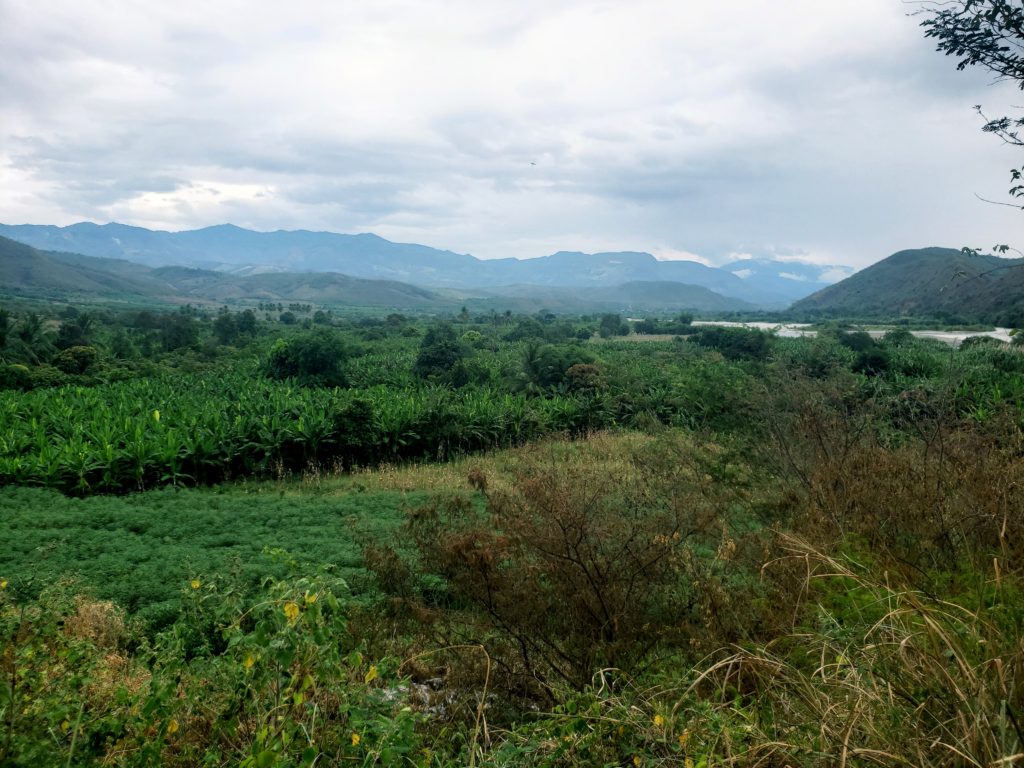
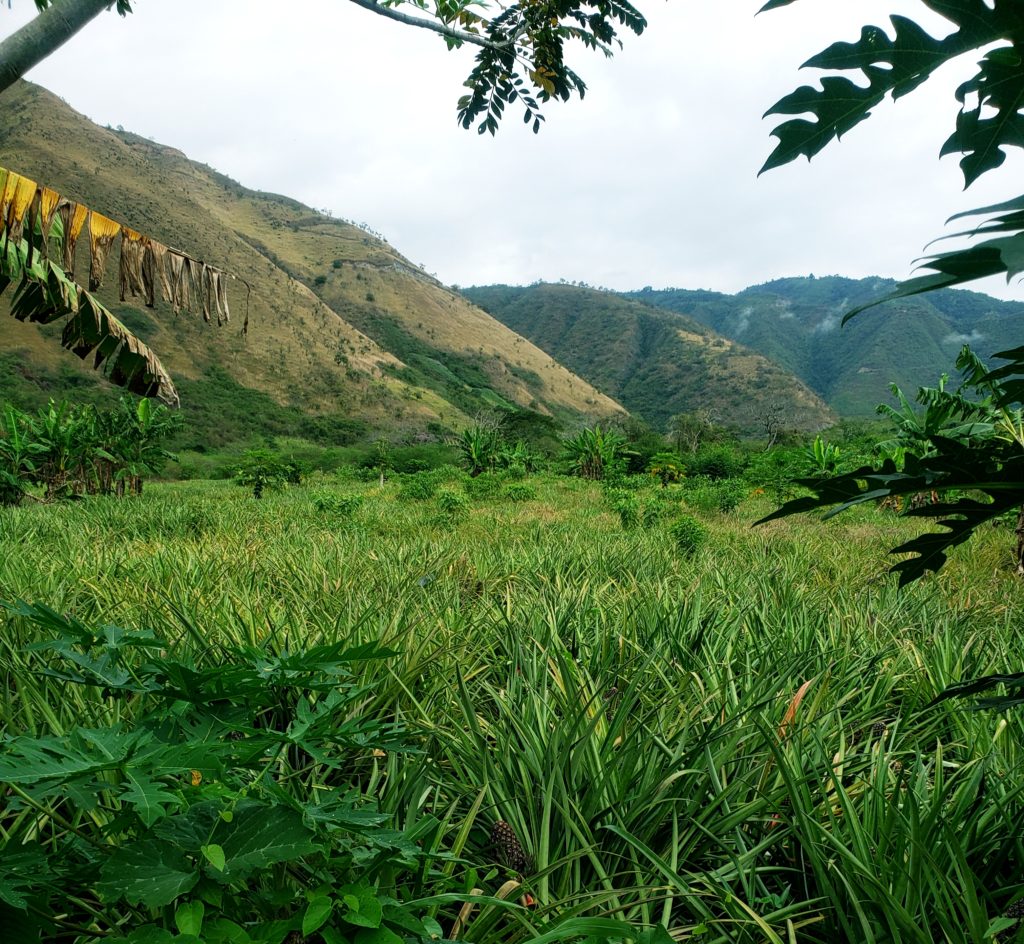
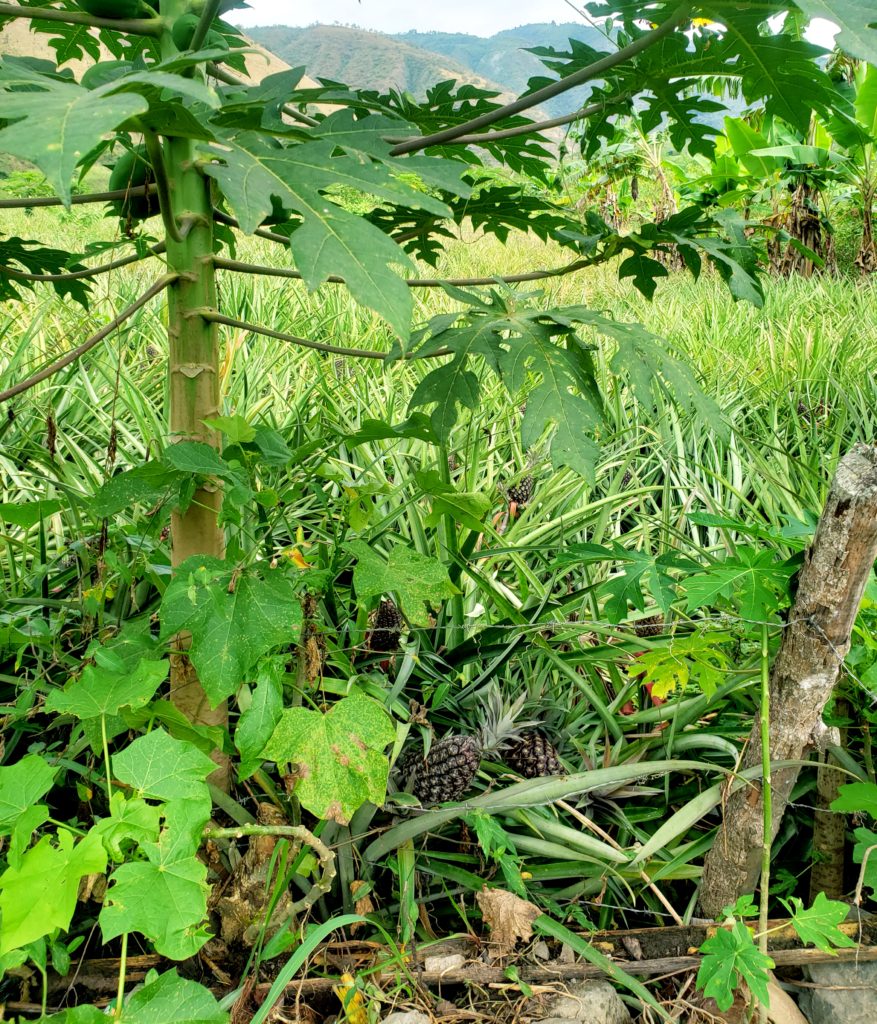
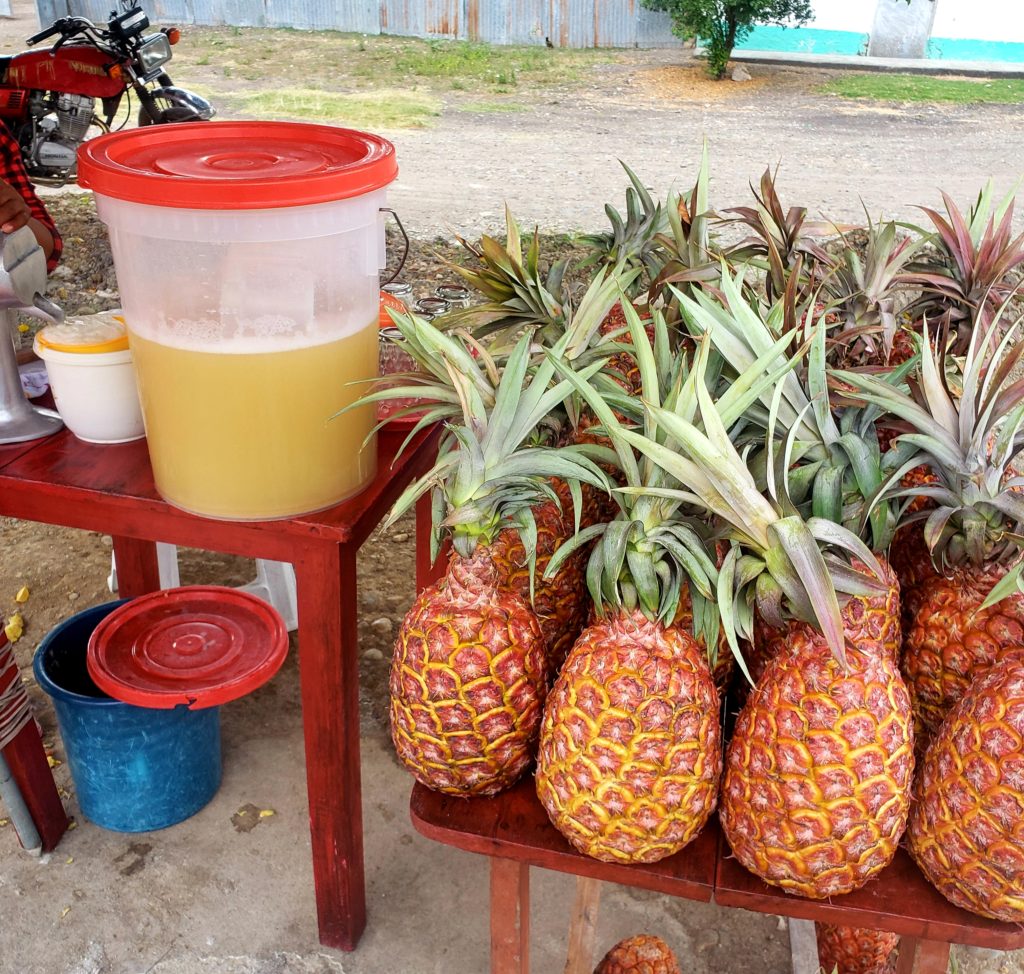
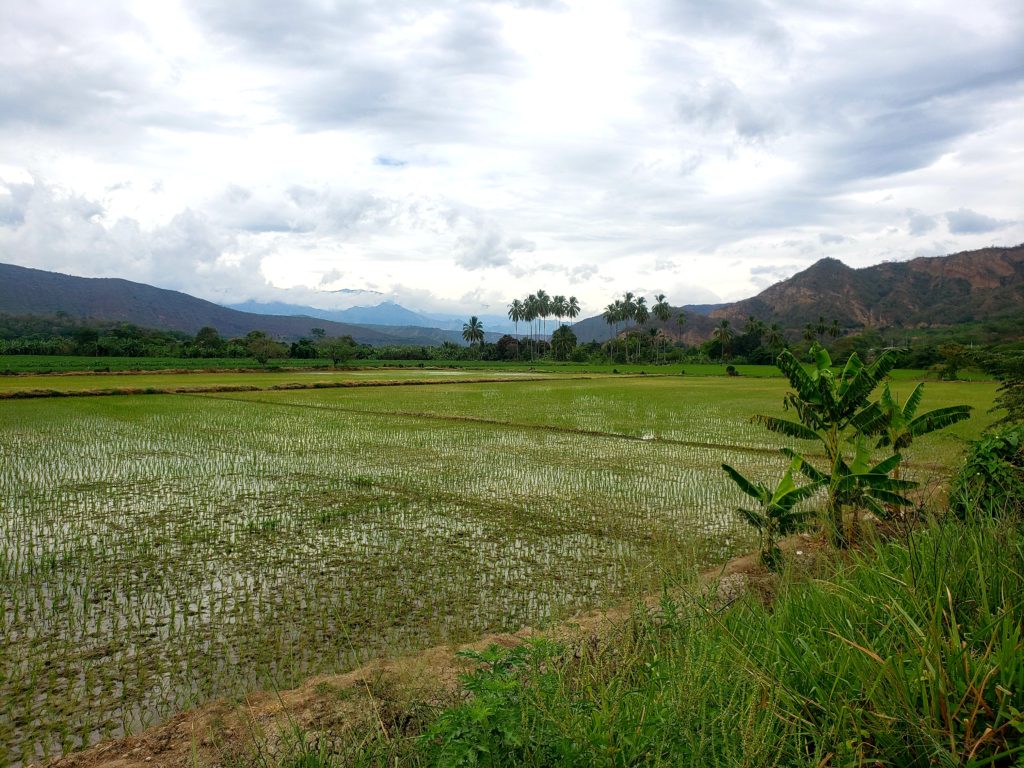
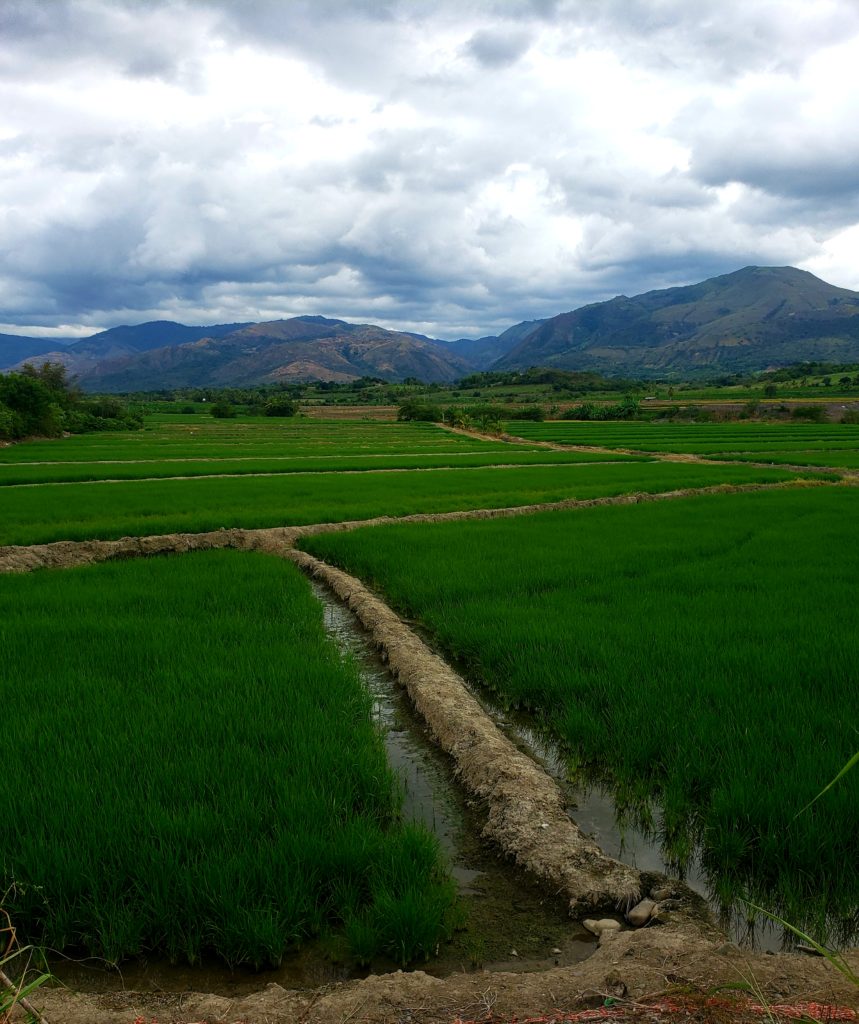
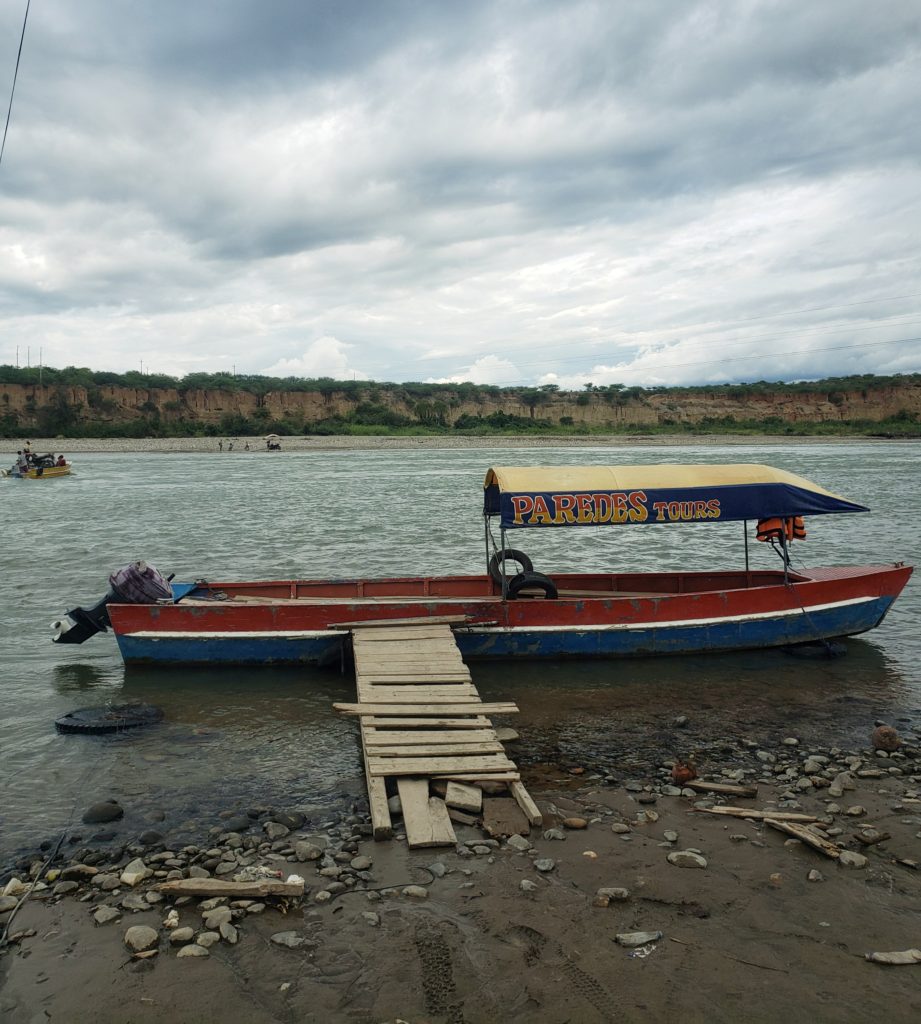
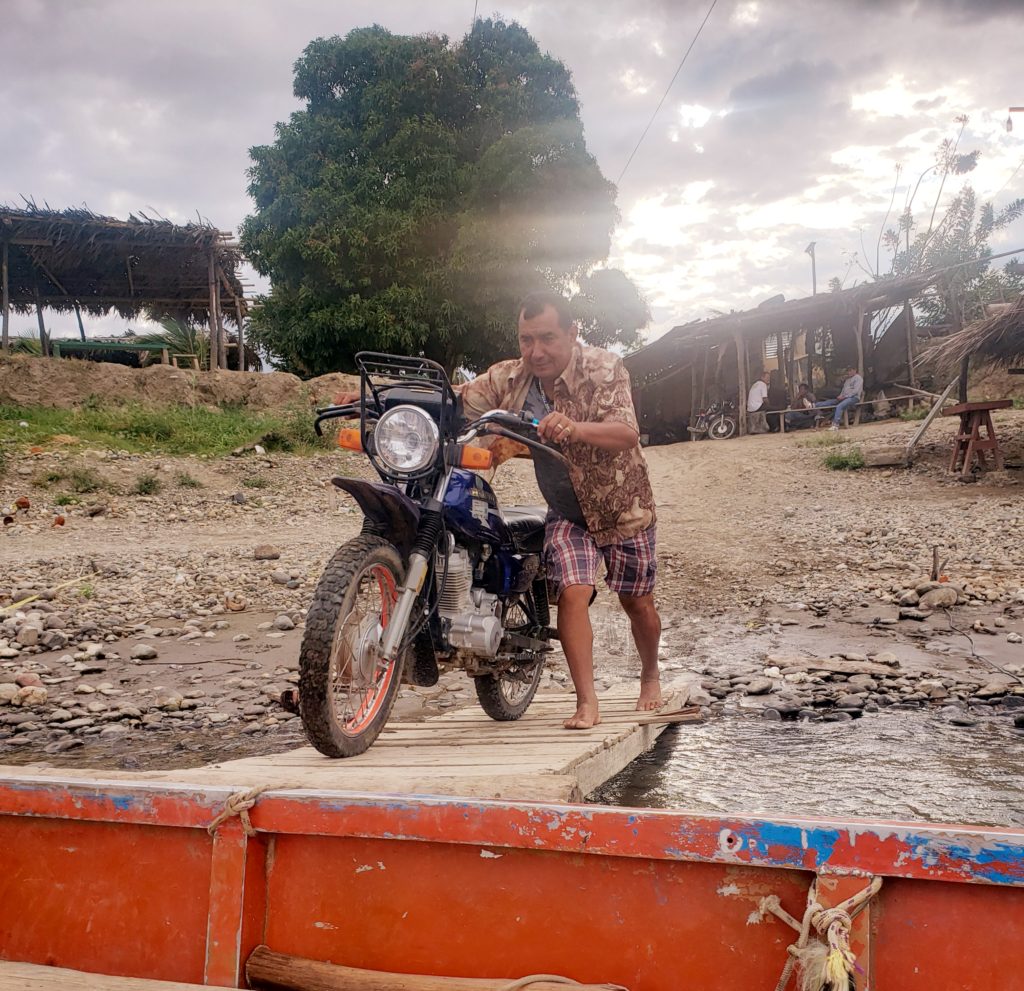
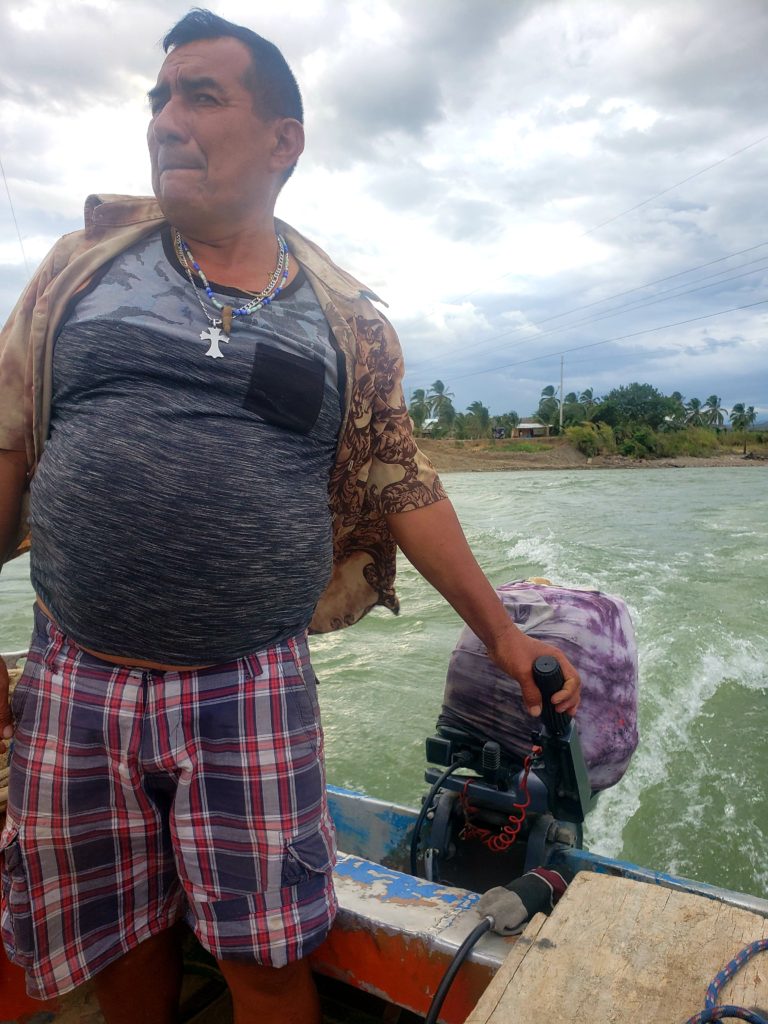
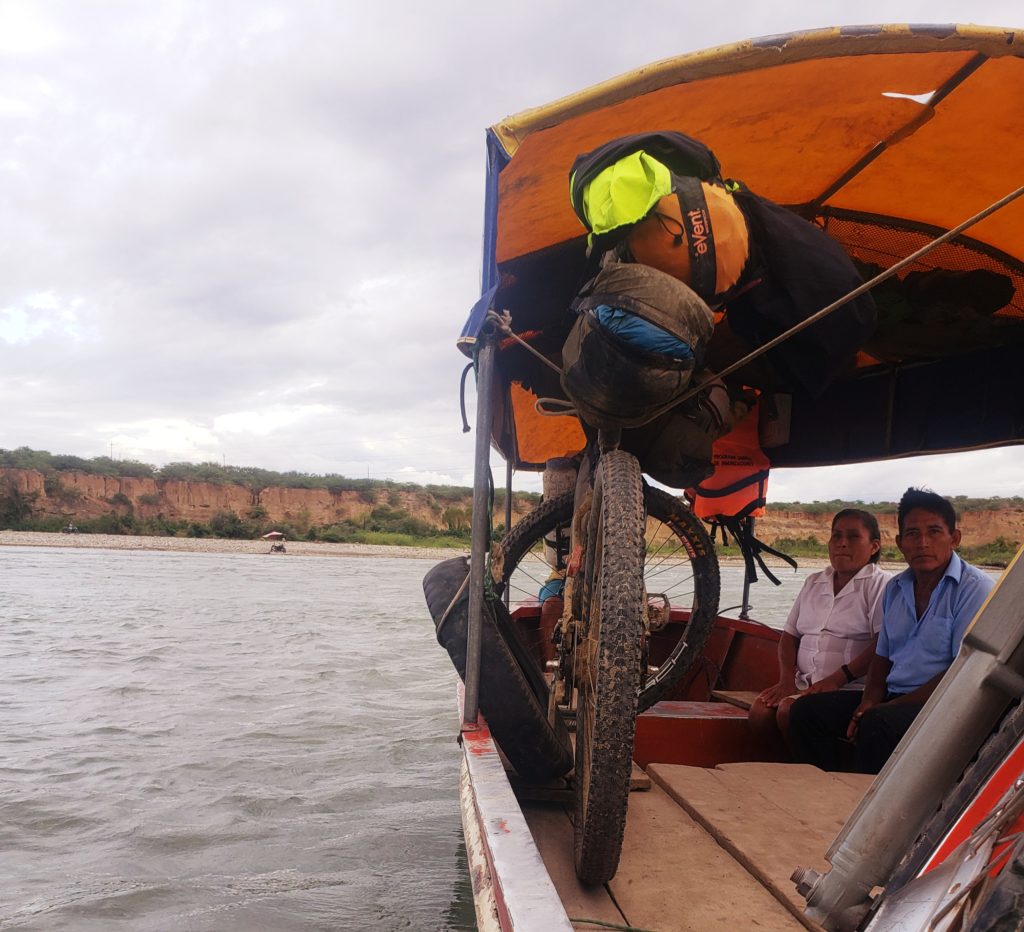
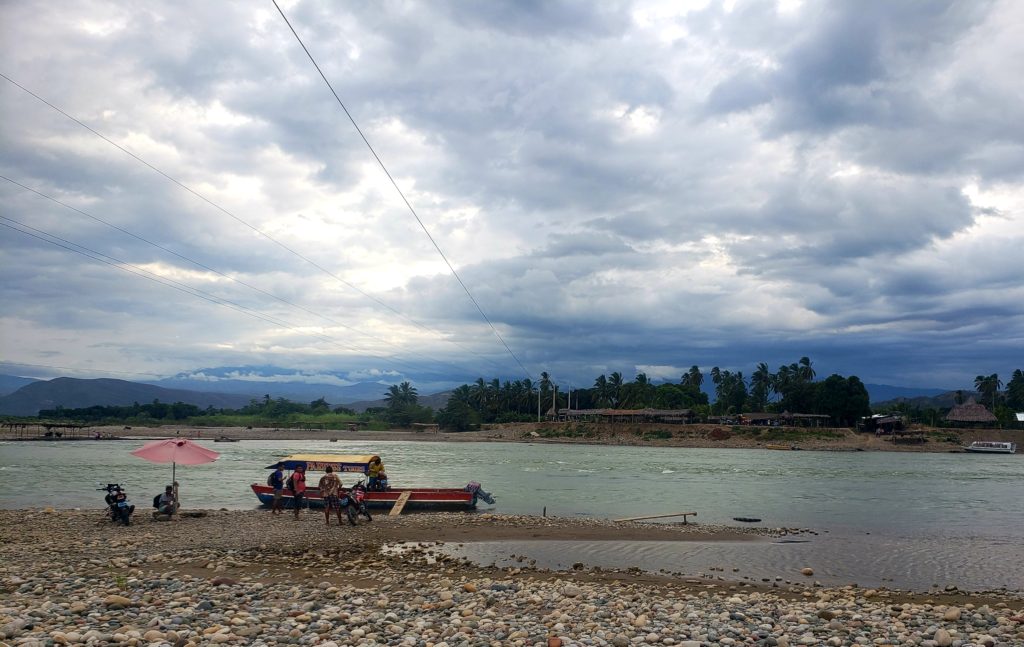
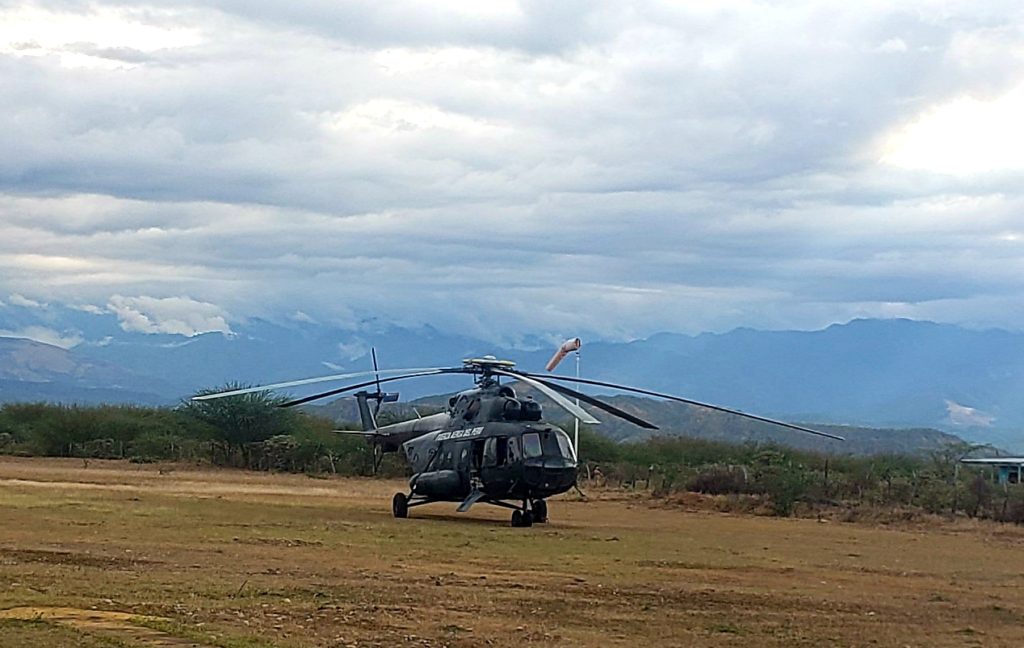
Archives
Calendar
| M | T | W | T | F | S | S |
|---|---|---|---|---|---|---|
| « Mar | ||||||
| 1 | 2 | 3 | 4 | |||
| 5 | 6 | 7 | 8 | 9 | 10 | 11 |
| 12 | 13 | 14 | 15 | 16 | 17 | 18 |
| 19 | 20 | 21 | 22 | 23 | 24 | 25 |
| 26 | 27 | 28 | 29 | 30 | 31 | |